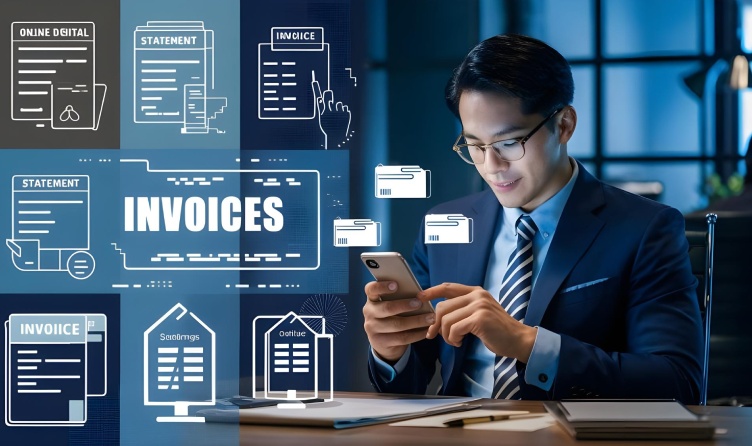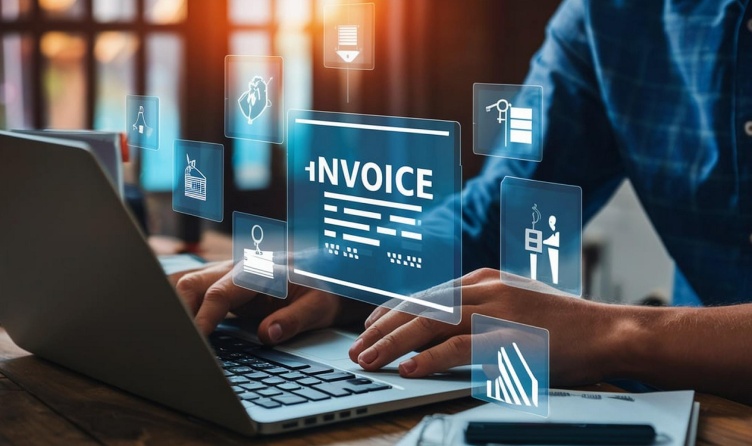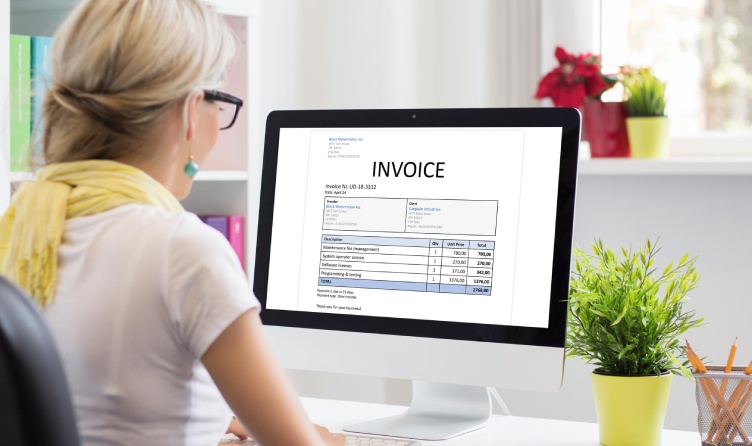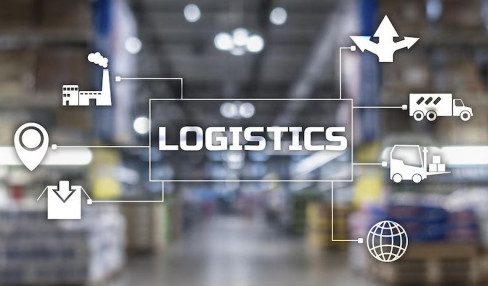Leave Human Errors in the Past by Automating Your Invoicing
23 August 2024
5 Mins Read

toc impalement
Manual invoice processes are cumbersome, time-consuming, and prone to the most human of traits – mistakes. At best, a mistake can result in a disgruntled supplier; at worst, it means a missed deadline and significant financial losses.
However, invoice automation can eliminate the human element. Furthermore, it results in reduced errors, streamlined accounts payable processes, and freeing up staff to focus on more strategic tasks.
This guide examines everything you need to know about automated invoice processing.
What is Invoice Automation Processing?

As the name suggests, automated invoice processing is a technology-driven process that streamlines the handling of invoices.
This invoice automation uses tools like
- Advanced software,
- Optical character recognition and
- Artificial Intelligence (AI)
Invoice automation helps handle all invoice processes, from receipt to payment. By taking the human element out of the equation, automated invoice processing reduces manual input, minimizes errors, and improves performance across the entire accounts payable cycle.
The precise details of how such systems work will vary depending on operational factors, but will typically include:
Invoice capture and data extraction: The system automatically scans and extracts critical information from incoming invoices, such as vendor details, amounts, and due dates.
Data validation: The extracted data is cross-checked against purchase orders or contracts with vendors to ensure accuracy and compliance with company policies.
Approval workflows: Invoices are automatically routed to the appropriate personnel for approval based on predefined criteria and workflows.
Payment processing: Once approved, the system schedules and executes payments, ensuring that deadlines are met.
Archiving and reporting: All invoice data is securely stored for future reference and can be easily retrieved for reporting or audits.
By automating these steps, businesses can ensure a more efficient, accurate, and reliable invoicing process.
Key Benefits of Invoice Automation Processing

We have already touched on the benefits of invoice automation processing, but they are worth discussing in more detail. Introducing such systems not only reduces errors but also presents a range of other significant benefits.
Included among them are:
Error reduction: Automated systems minimize human errors, ensuring that data entry and calculations are accurate, which reduces costly mistakes.
Time savings: By automating repetitive tasks, businesses can significantly reduce the time spent on manual invoicing, allowing employees to focus on higher-value activities.
Cost efficiency: With fewer errors and faster processing, companies can reduce operational costs, from labor expenses to penalties for late payments.
Scalability: Automated solutions can quickly scale to handle an increasing volume of invoices as your business grows without the need for additional resources.
Improved cash flow management: Faster processing leads to quicker payments, helping businesses optimize their cash flow.
For businesses looking to streamline operations, the introduction of automated invoice processing represents one of the key ways that this can be achieved.
Implementing Invoice Automation Processing in Your Business
The benefits of Invoice automation processing and its ability to dramatically reduce errors make it a valuable business asset. For businesses wanting to gain a competitive edge, implementing such a system should be part of the strategy.
The process involves selecting the right automated invoice processing tools and integrating them into existing systems. The implementation will vary from business to business but typically will include the following steps:
Assessing your needs: First, evaluate your current invoicing process and identify areas that could benefit from automation, such as data entry or approval workflows.
Choosing the right software: Second, select a solution that fits your business’s specific needs, considering factors like scalability, integration capabilities, and industry relevance, such as property management.
Integration: After that, work with your IT team to integrate the new software with your existing systems, ensuring seamless data flow between platforms.
Training and support: Once the integration is complete, provide adequate training for your staff to ensure they are comfortable with the new system. Moreover, they establish a support system for troubleshooting any issues that may arise.
Monitoring and optimization: Lastly, one must continuously monitor the performance of the automated system and make necessary adjustments to optimize its effectiveness.
A well-implemented automated invoicing system will quickly start to pay for itself. It is not just about eliminating human errors. The implementation involves the overall efficiency of the business and improved supplier relationships.
The Scale of the Human Error Problem
It is easy to dismiss the “human error” problem as a minor inconvenience. Until you look at the figures. Once the size of the problem becomes apparent, it’s evident that any process that can help has to be considered a business priority.
Key statistics that demonstrate the scale of the problem include:
Annual cost to businesses: According to an article published in the Harvard Business Review, $3.1 trillion is the yearly cost of poor-quality data. Much of this can be attributed to human error.
Human errors in the workplace: According to World Metrics, human error is a significant factor in various costly business scenarios. This includes causing 75% of inventory shrinkage in retail to be responsible for around 90% of data breaches.
Human error can devastate a business, and while the introduction of automated invoice processing isn’t a magic bullet – it can significantly reduce the errors in one of the most critical business processes.
Invoice Automation Processing: Payments Without Errors
The fallibility of workers is something that will never be eradicated. Even the most diligent and dedicated workers will be prone to errors; this is simply human nature.
By automating labor-intensive and repetitive tasks like invoice processing, businesses can reduce the scope for human error while streamlining business processes.
This shift not only enhances accuracy but also streamlines your financial processes. Moreover, it also allows teams to focus on more strategic, value-driven activities, ultimately driving growth and innovation.
Final thoughts
The entire transition to invoice automation is a very smart move. It can further boost efficiency, increase accuracy, and enhance time management.
Moreover, it can help companies reduce human errors, make improvements in cash flows, and build strong relationships with clients.
At the end of the day, this is not about modernizing the operation. It is about making a meaningful investment to achieve success in a highly competitive landscape.
Additional Reading:


















Comments Are Closed For This Article